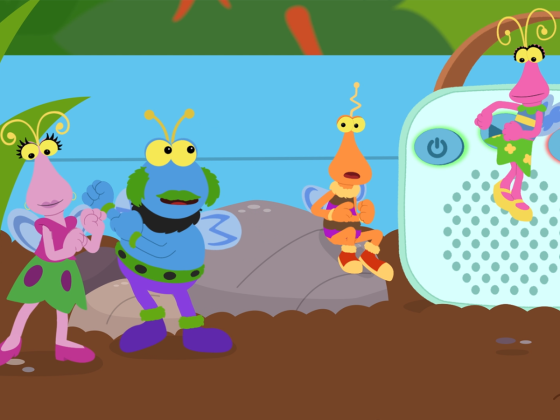
Caring for My Brain: Twiddlebugs Get Moving
When we move our bodies, we’re taking care of our brains.
Explain the brain to children: Our brains are inside our heads. Our brains let us learn, listen, talk, imagine, read, play, move, and so much more. Our brains help us feel, name, and talk about our feelings. Our brains can help us calm our bodies down.
Then tell children that when we move our bodies, we’re taking care of our brains. Together, watch the video (you might move along!). From time to time, you can help further explain or emphasize the ideas in the video by saying things like:
- Moving helps our bodies and brains.
- Moving our bodies during the day helps us sleep well at night.
- We might move our bodies in different ways depending on how we’re feeling. We might like to dance fast when we’re feeling excited or stretch slowly when we’re feeling tired or sad.
- It can be fun to move our bodies while playing outside. Your body can move in so many ways: you can jump, run, climb, stretch, and more!
Later, on your own, consider these tips:
- Together, do “The Twiddlebug” to music (wiggling, pretend you’re flying – whatever works!) in celebration of their brains and bodies.
- Move together—it’s great for the whole family. Try a family dance party and take turns choosing the music.
- Active play and physical activity enhance learning—children learn well while they’re moving. Challenge children to make shapes with their bodies, count their hops, or dance as they sing the alphabet song.
- Turn a short walk into a game in which everyone takes turns deciding how you’ll move along (skipping, hopping like bunnies, walking while flapping your arms like birds, and so on).
- Invite children to make up different ways to hop, stretch, and move to complete a simple obstacle course, then add on when they’re ready. Explain that our brains and bodies work together to do tricky things like obstacle courses.
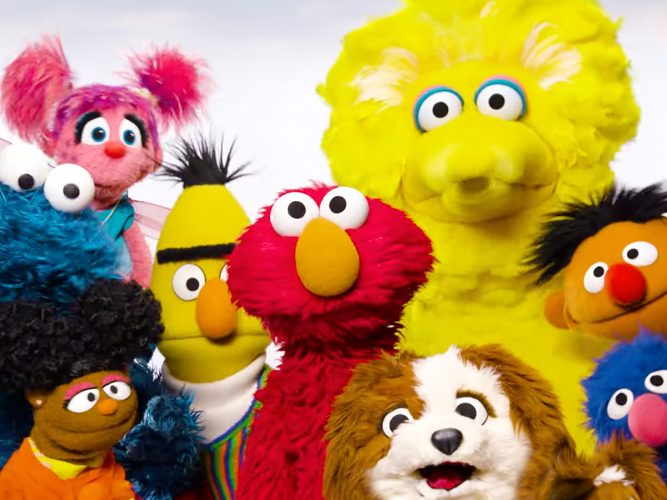
Hum Along to Sunny Days With Elmo and Friends
A video about the power of humming.

Mindful Caregivers
Practicing mindfulness is a great way to slow down and reset.

What Mental Health Specialists Want Parents to Know About Anxiety
An article for parents about childhood anxiety

When You’re Concerned About Your Child’s Mental Health
An article for parents concerned about children’s mental health.
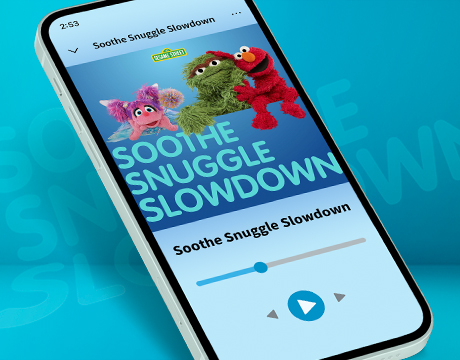
Soothe Snuggle Slowdown: Songs and Strategies for Restful Sleep
This curated playlist helps little ones (and their tired grown-ups) relax and unwind! A mix of mellow tunes sets the mood for naps, bedtime… or just some much needed down time.
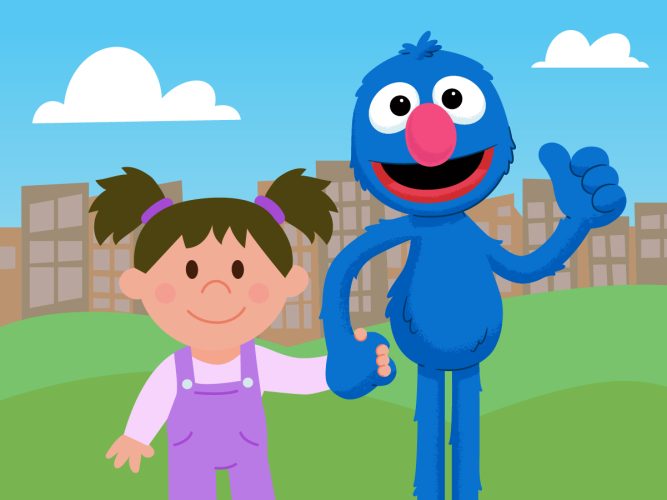
Components of Community: Creating Social Connections to Address Mental Health
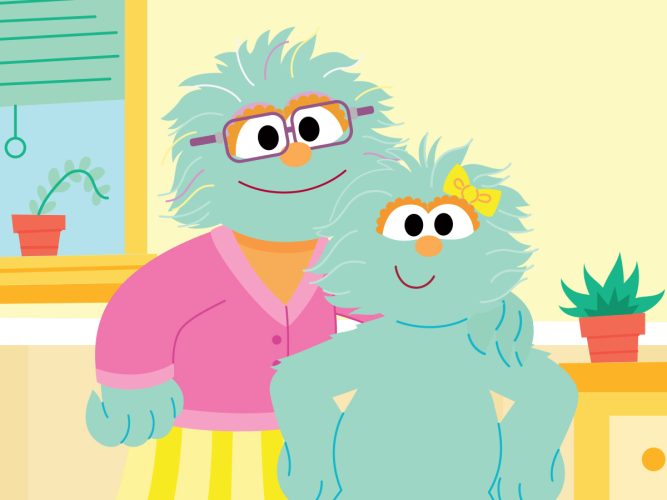
Components of Community: The Science of Kindness
Explore ways to connect and foster kindness in everyday life.
